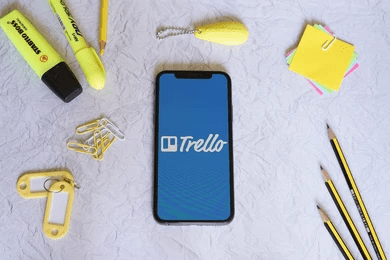Archives
- Newer posts
- November 2025
- October 2025
- September 2025
- August 2025
- July 2025
- June 2025
- May 2025
- November 2024
- April 2024
- November 2023
- October 2023
- August 2023
- May 2023
- February 2023
- October 2022
- August 2022
- July 2022
- May 2022
- April 2022
- March 2022
- February 2022
- June 2020
- March 2020
- February 2020
- January 2020
- December 2019
- November 2019
- October 2019
- September 2019
- August 2019
- July 2019
- June 2019
- May 2019
- April 2019
- March 2019
- February 2019
- January 2019
- December 2018
- November 2018
- October 2018
- September 2018
- August 2018
- July 2018
- June 2018
- May 2018
- April 2018
- March 2018
- February 2018
- January 2018
- December 2017
- November 2017
- October 2017
- September 2017
- August 2017
- July 2017
- June 2017
- May 2017
- April 2017
- March 2017
- February 2017
- January 2017
- August 2016
- June 2016
- April 2016
- March 2016
- February 2016
- January 2016
- July 2015
- June 2015
- Older posts

Trello – an Effective Project Management Tool
When you are working on any project, it is important that you provide timely updates to the respective client about the ongoing work. Updates can be provided via emails or other means of communication. There are also many web-based tools like Trello that help you to manage your projects effectively.
Trello is one such web-based project management application tool that allows you to organize your tasks effectively. Using Trello, you can create lists or categories of your tasks and arrange your tasks accordingly. This not only helps cut down on emails but also allows each “board member” to see the entire project at a glance. This feature could also be extremely helpful for client projects.
Trello consists of 3 organizational components:
Boards, Lists, and Cards.
Boards are the prime interface of Trello. Trello helps you organize your tasks by arranging them on specific boards. Within each board’s menu, this tool allows you to add members. Each board member has access to the board and can make edits like adding new items, etc. This is especially helpful for collaborations and partnerships when you have multiple resources under a project assigned to a specific task.
Each Trello board is split into smaller segments called Lists. Lists reflect the workflow under each Board. They help you create steps and outline a process for your projects.
Cards are the fundamental units of each board. They are used to denote tasks, ideas, etc. We can drag and drop the corresponding card into the appropriate list depending on the progress of the task. Trello also allows you to add more information to the back of each card, so a card can be edited as you proceed with the task. A card may look fairly simple at first, however, once you click the card, there are several options available on the back of the card.
Also Read: https://opspl.com/blog/jira-project-management-and-bug-tracking/
Trello is a very effective tool that has features that make our work easier. Here are a few of them:
1) Instantly Understand When a Deadline Is Approaching
With a Trello board, you will never miss a deadline. You can assign a due date to each card when you create it. As the date approaches, the card becomes yellow, and it turns red as you cross the deadline. To avoid the red on your board, you can mark the due date as ‘complete’.
2) Mobile Friendly
Trello is available on all platforms. The application will reformat itself to any screen size irrespective of whether it is on the monitor, tablet, or phone.
3) Instant Notifications
Never miss out on a task because when tasks are updated, reported on, or deleted, you have consistent notifications and they would reach you by email.
Trello is flexible, especially because of its simplicity. It is a great tool to do your job. You can alphabetize boards and create different kinds of boards, whether for personal or professional use which makes it a must-have tool.
Blog written on: 31-12-2019
